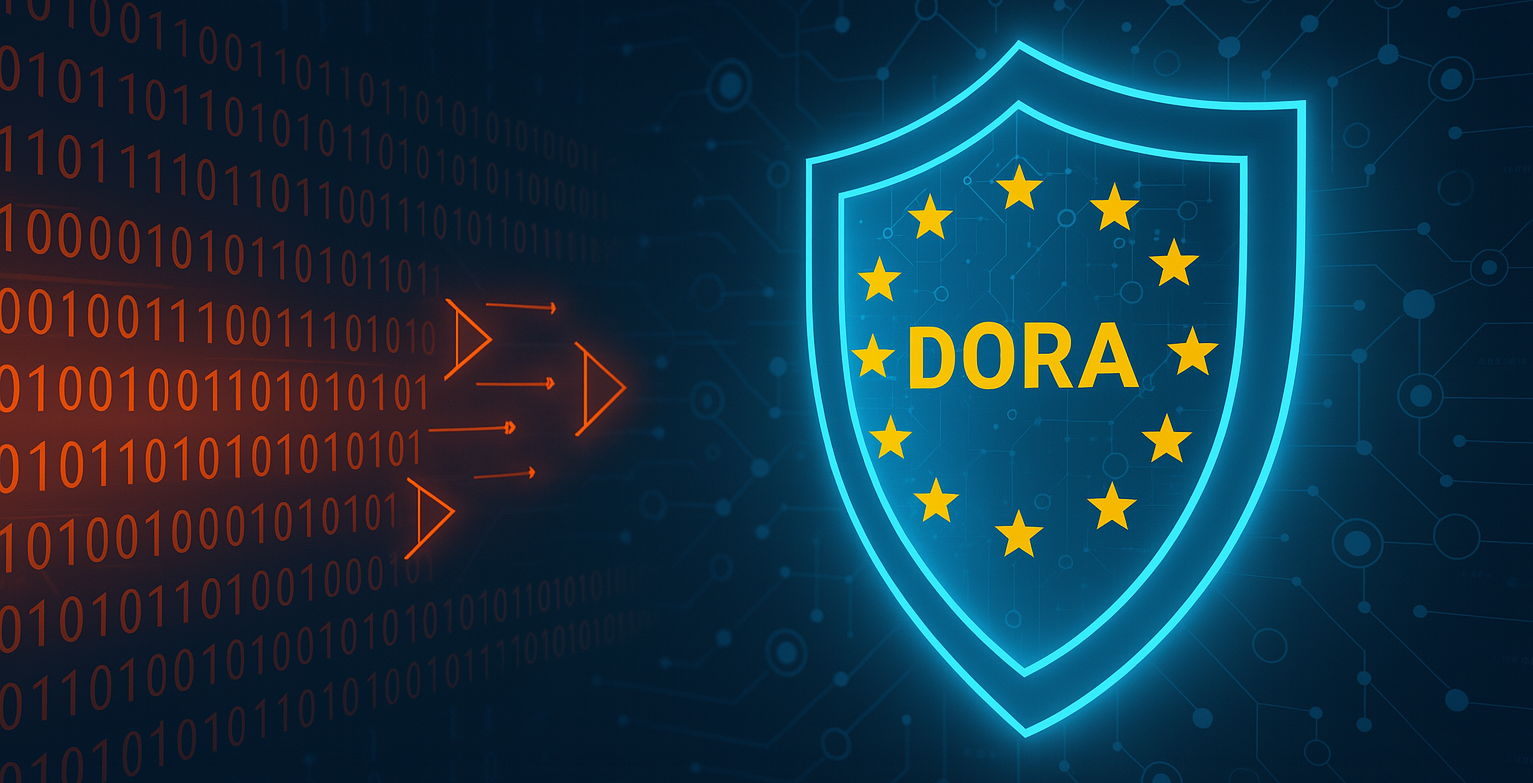Ensuring Readiness for the Digital Operational Resilience Act (DORA)
Introduction
As of January 2025, the Digital Operational Resilience Act (DORA) is now in force across the European Economic Area (EEA), requiring financial entities and their ICT service providers to strengthen their operational resilience against disruptions — including cyber threats, system failures, and third-party outages.
DORA marks a regulatory shift — from reactive cybersecurity to proactive operational resilience. Institutions must now prove their ability to maintain uninterrupted service delivery through risk-aware planning, rigorous data governance, and scenario-based testing.
This checklist distills DORA’s legal obligations into actionable executive-level controls, with a focus on the intersection of governance, data, and IT environments. It is designed to support CIOs, compliance officers, and operational leaders as they assess and elevate digital resilience across the enterprise.
1. ICT Risk Management Framework
Definition:
A structured, organization-wide approach to identifying, classifying, and mitigating ICT-related risks, ensuring traceability to critical business services.
To ensure compliance:
Establish a documented, regularly updated risk policy. Conduct assessments that cover system interdependencies, data exposure, and third-party integrations. Ensure insights inform your recovery planning and investment prioritization.
2. Data Governance & Control
Definition:
The lifecycle management of sensitive data across production and non-production environments — ensuring confidentiality, traceability, and minimal exposure.
To ensure compliance:
Automate data profiling / discovery and classification. Apply masking or pseudonymization in non-production tiers. Enforce RBAC with comprehensive logging. Retain records per regulatory standards and ensure full auditability.
3. ICT Incident Detection & Reporting
Definition:
End-to-end capabilities for detecting, analyzing, documenting, and reporting ICT incidents — internally and externally — within regulatory timeframes.
To ensure compliance:
Deploy observability or SIEM tools across environments. Maintain triage protocols and escalation paths. Pre-approve regulator reporting templates and rehearse reporting workflows through quarterly simulations.
4. Resilience Testing & Recovery
Definition:
The ability to simulate disruptions, validate recoverability, and test continuity strategies against defined Recovery Time Objectives (RTOs) and Recovery Point Objectives (RPOs).
To ensure compliance:
Define a testing calendar aligned to business critical events. Validate recovery processes using safe, synthetic or masked data. Document outcomes and corrective actions in a central repository for audit readiness.
5. ICT Third-Party Risk
Definition:
Oversight and control over third-party service providers, ensuring they meet equivalent resilience and data protection standards.
To ensure compliance:
Maintain a vendor risk register with clear tiering. Update MSAs and DPAs to include resilience clauses, incident notification, and portability guarantees. Simulate exit or fallback strategies for critical suppliers.
6. Governance, Oversight & Documentation
Definition:
Defined roles, reporting lines, and organizational structures that demonstrate ownership of digital resilience and ICT risk.
To ensure compliance:
Assign executive accountability for ICT risk. Create a governance committee or working group. Use centralized tools to manage policies, track decisions, and deliver compliance training with full audit traceability.
7. Information Sharing
Definition:
Participation in regulatory and peer-to-peer threat intelligence networks to improve industry-wide resilience and situational awareness.
To ensure compliance:
Automate threat feed ingestion. Continuously update detection rules based on shared advisories. Use peer comparisons to benchmark your resilience posture and proactively address emerging threats.
Final Thoughts
DORA introduces a new regulatory paradigm — where digital resilience isn’t just encouraged, but mandated. While many firms have invested in cybersecurity, DORA demands more: proof of continuity, data governance, and survivability across your digital estate.
This checklist is both a baseline and a blueprint. It clarifies not just what must be done — but how to demonstrate it to your auditors, board, and regulators.




